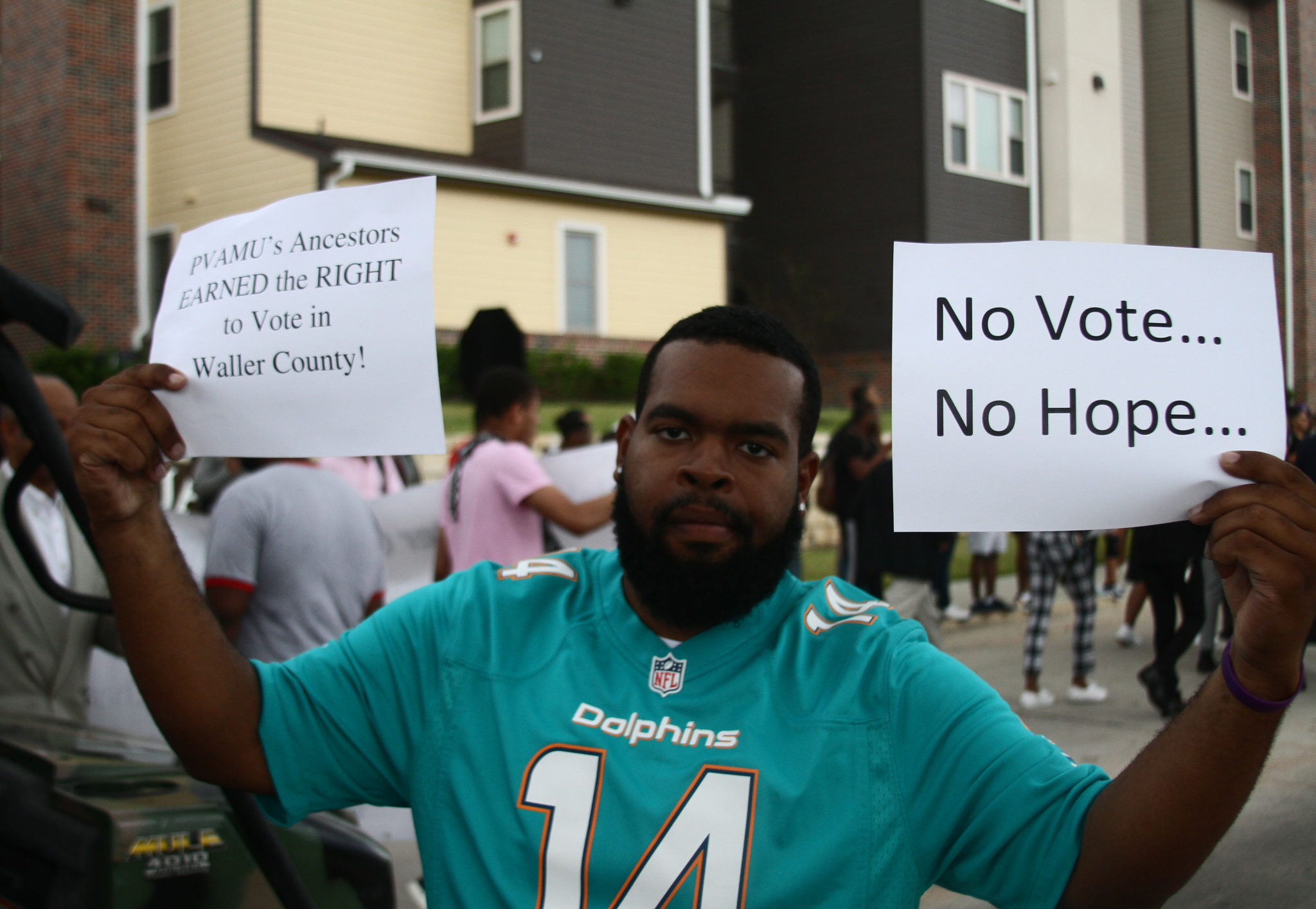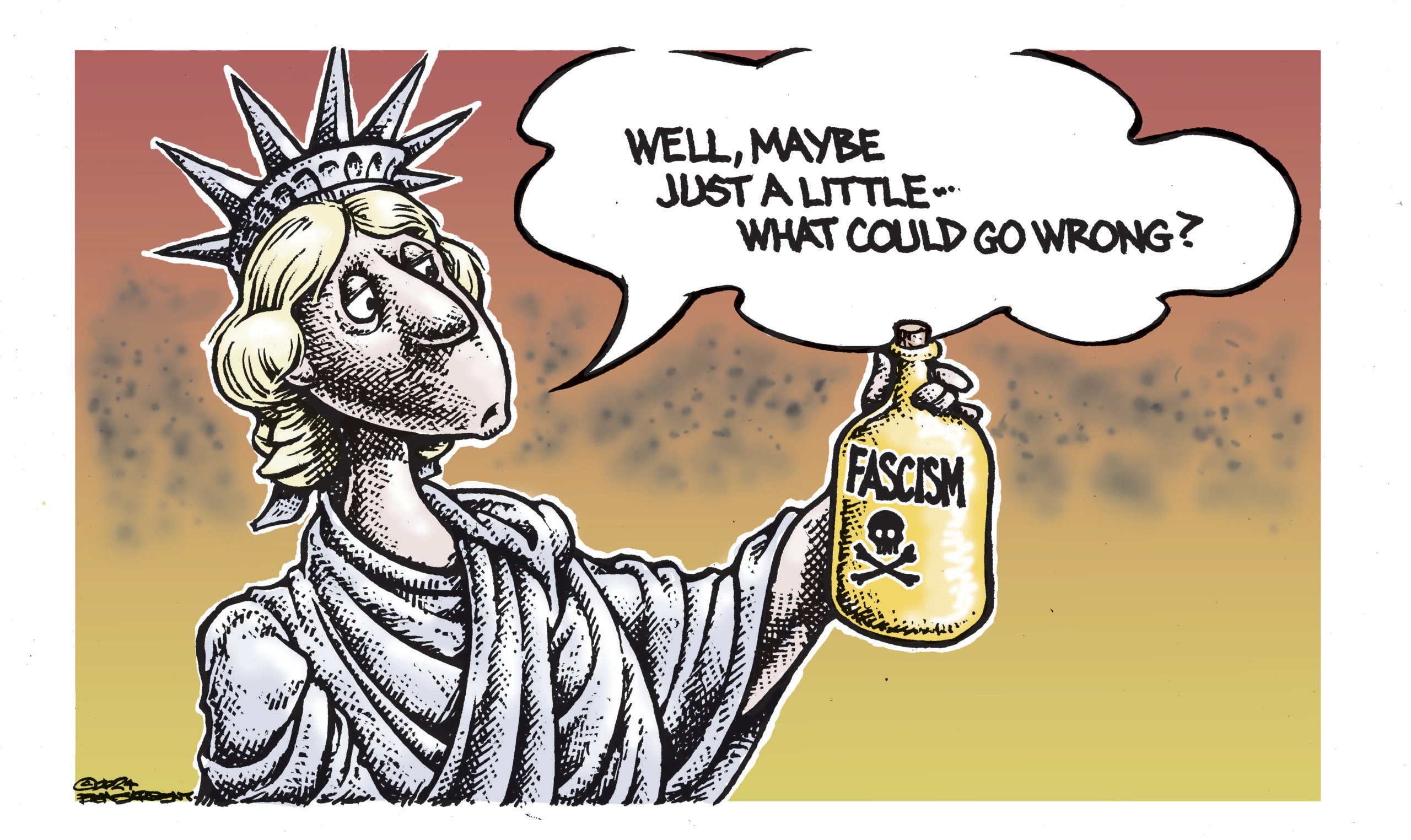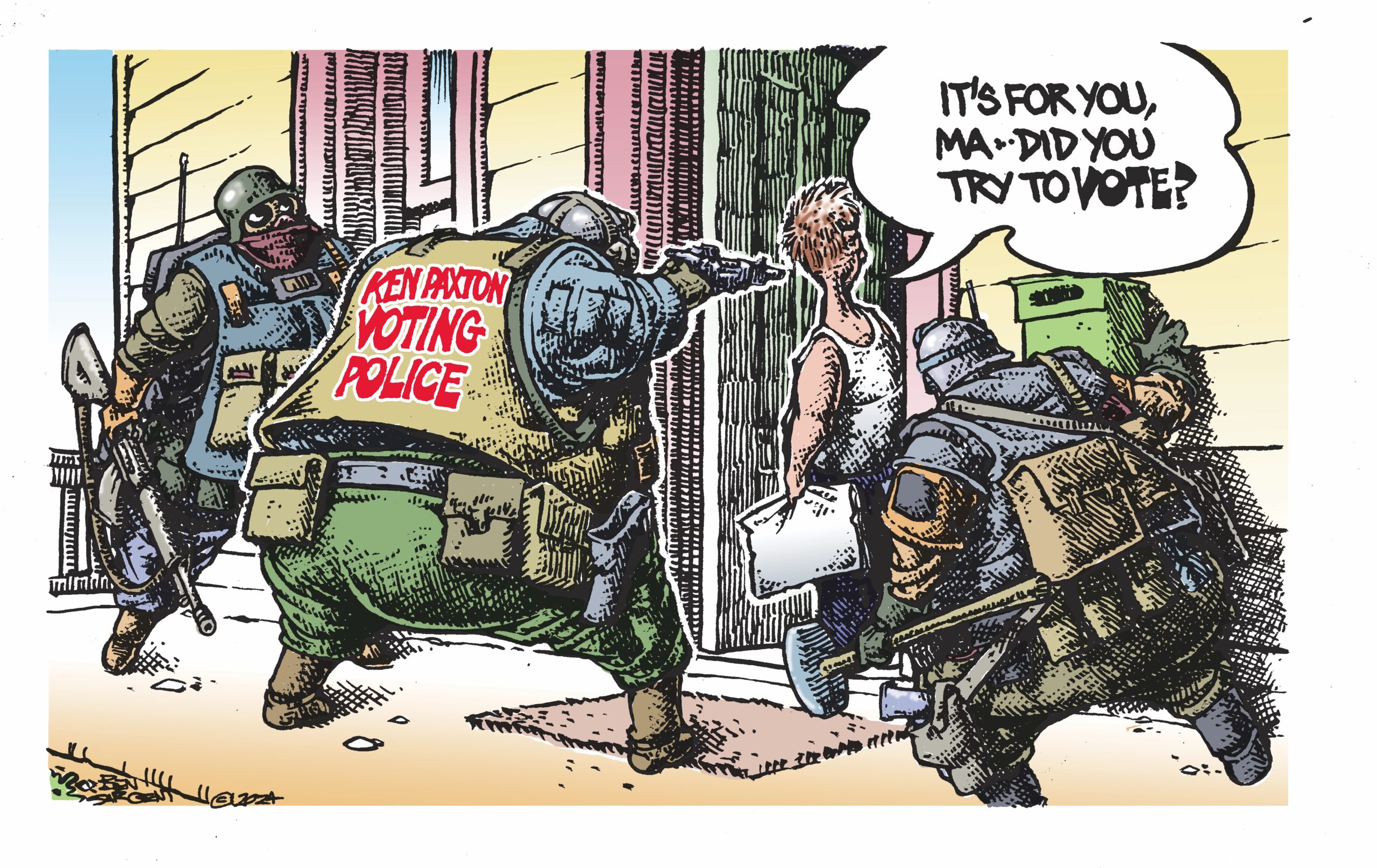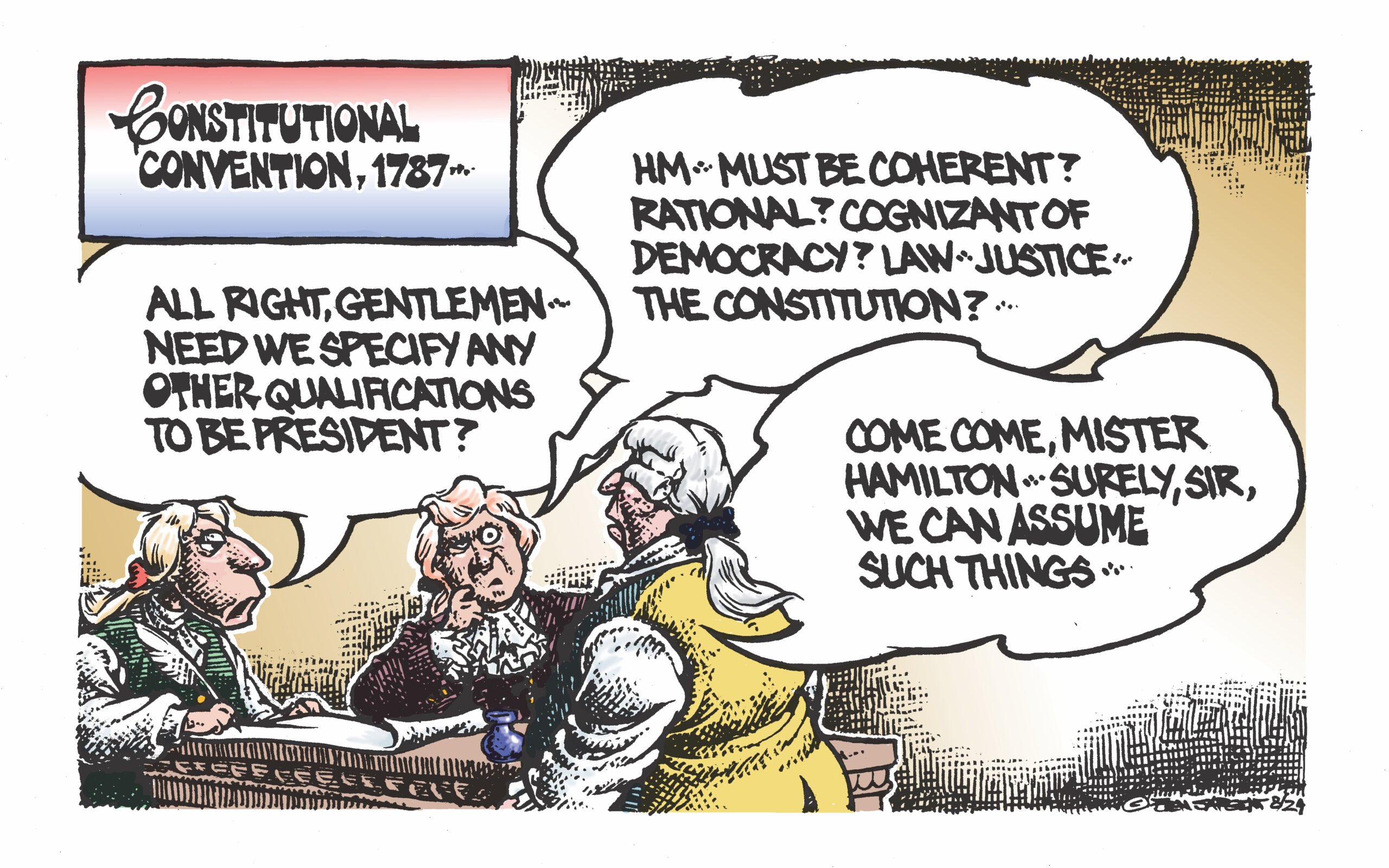
Texas Leads in Polling Place Closures Since 2013
750 polling places in Texas have been shuttered since Shelby v. Holder, the Supreme Court decision that released the state from federal oversight in changing its voter laws and practices.
If you’ve been on the voting rights tour bus in Texas, what a ride it’s been—especially since 2013.
Prior to then, the state was beholden to the Voting Rights Act of 1965—a historic law that prohibited racial discrimination—and a particular provision therein. Under Section 5 of the VRA, certain states and local governments needed federal preclearance before changing any voting laws. The feds ran jurisdictions through a formula set out under Section 4(b) of the VRA that looked at their histories of voter discrimination laws or practices. Texas, with its well-documented past of voter suppression tactics, required preclearance.
Then came the 2013 U.S. Supreme Court case Shelby v. Holder. In a 5-4 decision, the justices struck down Section 4(b) as unconstitutional, effectively rendering Section 5’s preclearance provision moot. With the federal cat away, Texas began to play. Section 4(b)’s body was barely lukewarm when then-Attorney General Greg Abbott announced a new, stringent voter ID law would take effect. The state later stymied efforts to make voter registration easier. Just this past session, the Lege tried to pass a bill that would put polling places in areas with higher numbers of registered voters, a rule that would favor white neighborhoods. (One provision even made it a felony if a person voted when they’re ineligible, even if was inadvertent, a specific proposal that seemed aimed at cases like Crystal Mason’s.) An advocate once described Texas’ voting policies as “a panoply of voter suppression.”
And now, the hits keep coming. A new report out from the Leadership Conference Education Fund found that Texas is leading the nation in polling place closures, another practice that voting rights advocates fear can lead to disenfranchisement.
“Closing polling places has a cascading effect, leading to long lines at other polling places, transportation hurdles, denial of language assistance and other forms of in-person help, and mass confusion about where eligible voters may cast their ballot.”
The report, titled “Democracy Diverted: Polling Place Closures and the Right to Vote,” looked at 757 of the 861 counties and county-level equivalents across the nation that were previously covered by Section 5, and found that 750 polling places in Texas have been shuttered since Shelby. That constitutes almost half of all polling places in the U.S. closed since 2013. Fourteen Texas counties closed at least 50 percent of their polling places after Shelby, and 590 have been shuttered since the 2014 midterm election.
Maricopa County in Arizona had the most polling place closures, but that was followed by six counties in Texas: Dallas lost 74 places; Travis lost 67; Harris shuttered 52; Brazoria closed 37; and Nueces closed 37.
“The large number of polling location closures is attributable to the size of Texas and the fact that we’re no longer under preclearance,” said Beth Stevens, director of the Voting Rights Program at the Texas Civil Rights Project. Now, “there’s no one [the state needs] to ask for permission to make changes.”
“Before we lost Section 5, jurisdictions were required to provide notice and transparency” around polling place closures, said Leigh Chapman, director of the voting rights program at the Leadership Conference Education Fund. With no more federal oversight, it’s incumbent on voters and advocates to analyze data and determine if there’s an adverse racial impact to a community where a polling place closed.
“It shifts the burden completely to the people most affected by these changes”—oftentimes the very minority communities once protected by the VRA—“to monitor the changes and advocate for them to be rolled back,” Stevens said.
This comes into focus when looking at the demographics of some of the counties that saw the most closures. Brazoria County, which lost 59 percent of its polling locations since Shelby, is 30 percent Latino and 13 percent African American. The number of polling places in Nueces County, home to Corpus Christi and 63 percent Latinx, dropped by nearly a third. In Jefferson County, where Beaumont is located, about 34 percent of its 250,000 residents are African American and 20 percent are Latino; polling places there dropped from 57 in 2012 to 39 in 2018.
The report attributes some of these closures to jurisdictions adopting the county-wide polling program and opening voting mega-centers. By allowing people to cast a ballot on Election Day at any location, instead of bounding them to their precinct, the program is supposed to make voting easier (more locations to choose from, shorter lines).
The Texas Civil Rights Project is supportive of the program, said Stevens—so long as it’s enacted responsibly. She pointed to counties like Harris and Bexar as good examples: they’ve moved to county-wide polling while maintaining every single polling location that they would otherwise be required to have.
But, the report notes, some counties with large drops in polling locations—like Somervell (minus 80 percent), Loving (minus 75 percent), and Stonewall (minus 75 percent)—didn’t transition to vote centers. The report adds, “voters in counties that still hold precinct-style elections have 250 fewer voting locations than they did in 2012.”
Ultimately, as the report’s authors write, “closing polling places has a cascading effect, leading to long lines at other polling places, transportation hurdles, denial of language assistance and other forms of in-person help, and mass confusion about where eligible voters may cast their ballot. For many people, and particularly for voters of color, older voters, rural voters, and voters with disabilities, these burdens make it harder—and sometimes impossible—to vote.”
If that’s the case, then no one really wins.
Read more from the Observer:
- Where the Bodies are Buried: In 1910, East Texas saw one of America’s deadliest post-Reconstruction racial purges. One survivor’s descendants have waged an uphill battle for generations to unearth that violent past.
- Senator Lucio Draws Serious Primary Challenge: The Texas Senate’s most conservative Democrat faces two opponents. Is the Valley ready for change?
- I’m a Teen Activist in Texas, and I’m Tired of Being Ignored by Politicians: It is no longer acceptable for youth, especially people of color and those in the LGBTQ community, to be dismissed by our elected officials.


